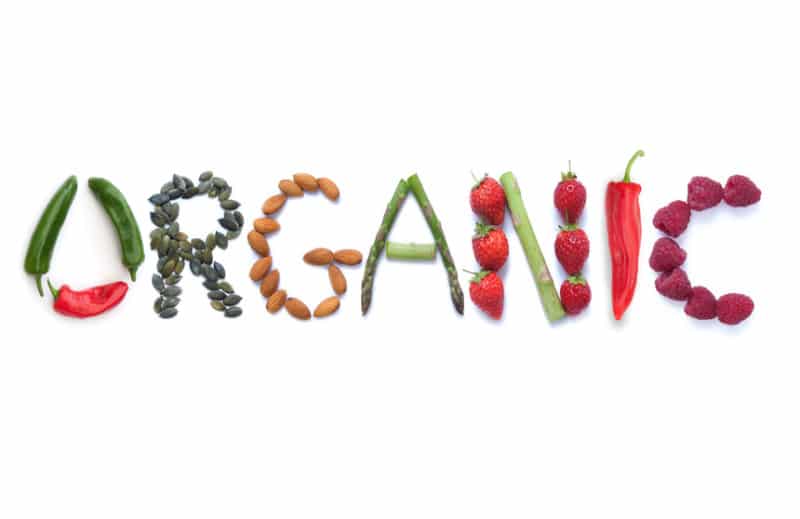Taking the time to read ingredient labels on products will most likely reveal an assortment of words that are not familiar. Many look out for bad ingredients that often make the headlines, but there are many others that slip by under the radar due to being unfamiliar. Those unfamiliar ingredients near the bottom of the list most often get shrugged off and assumed to be in very small amounts that they couldn’t possibly make a difference.
The American Academy of Pediatrics is warning that many common additives in both food and packaging need to have closer scrutiny, recently releasing a policy statement and report stating in no certain terms that many of these additives can have devastating effects on health, especially vulnerable children; they are calling for regulations governing these chemicals to be overhauled.
It is not practical to expect anyone to be able to separate good ingredients from bad with more than 10,000 chemicals that can be found in the food we eat every day. The AAP report singled out a few groups including phthalates, nitrates, BPA, PFCs, and artificial colourings in particular. Effects of these chemicals on the endocrine system are of great concern. Bisphenols and phthalates can have a negative effect on puberty or advance its onset, increase risk of infertility, obesity, and other chronic conditions. PFC exposure results in low birth weights and damages developing fetuses. Nitrates have been linked to some types of cancers. Yet all of these are common chemicals in some form are found in the foods we eat, that just doesn’t seem right or appetizing.
Artificial food colouring is synthesized from coal tar byproducts and petroleum, some are even bound to aluminum which is a neurotoxin. One study analyzing 810 grocery store products marketed to children found 43% to contain artificial colouring, and the only category to be free of this chemical was produce. ADHD has been linked to artificial food colors, other problems linked to artificial food colouring include sleep problems, immune reactivity, aggression, and irritability. The FDA has certified 60mg per day per day as acceptable but 50mg per day has been linked to stronger negative effects.
Other chemicals indirectly added to food via coatings, plastics, dyes, paper, polymers and adhesives in packaging or manufacturing equipment are also an issue of concern which include phthalates and bisphenol that have been linked to cancer, oxidative stress, thyroid disruption, cardiotoxicity, and endocrine problems.
Dangers of such chemicals are troubling, especially among developing children vulnerable to disruptions that can cause lifelong damage with relative exposure in terms of dietary intake per pound being greater than that of adults.
AAP is calling for stricter processes for gaining recognized as safe designations along with new requirements for testing toxicity of ingredients prior to use and retesting of those previously approved. The AAP strongly recommends sticking to organic fresh and frozen produce as much as possible, and warns against microwaving plastic food containers, putting them in the dishwasher, or better still avoiding plastic entirely.




